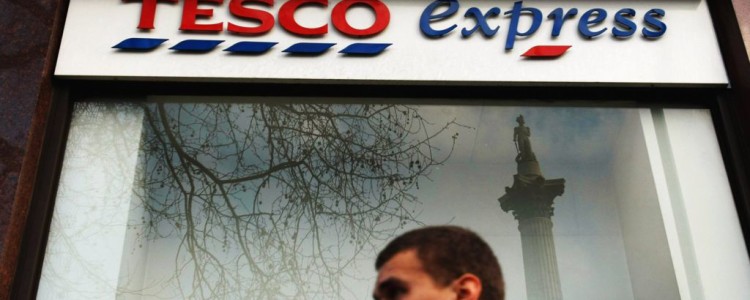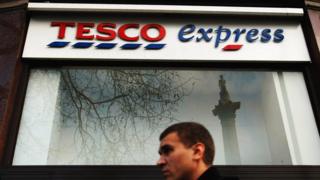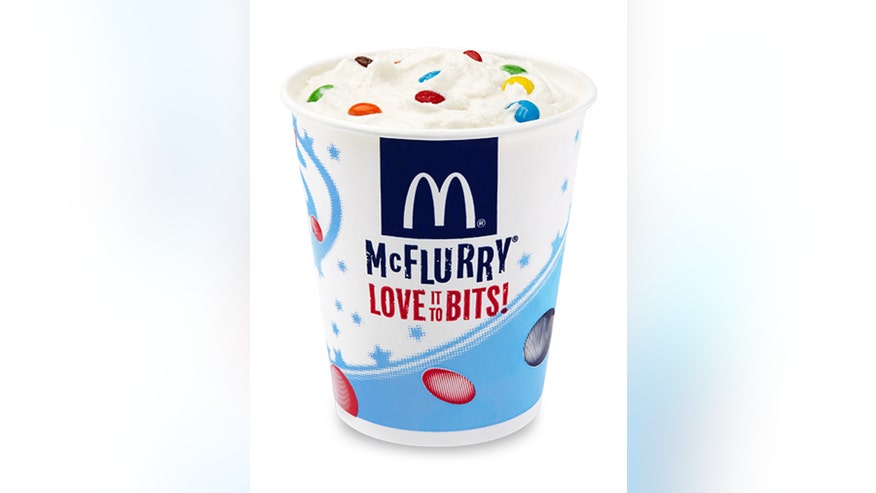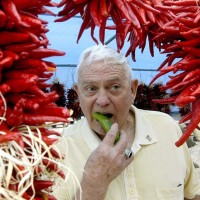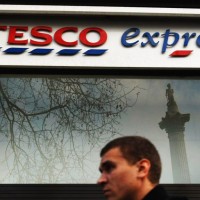
FILE – In this Aug. 30, 2008 file photo, framed by ristras, John Trewitt bites into a pod of fresh Hatch green chile, at the Hatch Chile Festival in Hatch, N.M. (Norm Dettlaff/The Las Cruces Sun-News via AP, File)
SANTA FE, N.M. – A federal appeals court has sided with a green chile growers group in southern New Mexico’s Hatch Valley in a dispute over what food can be labeled with the renowned Hatch name.
The U.S. 10th Circuit Court of Appeals on Friday ruled in favor of the Hatch Chile Association and allied Albuquerque food distributor El Encanto in their efforts to subpoena records that may indicate whether a rival’s products contain purely Hatch-grown chile as marketing suggests.
The subpoenas could influence the outcome of a related dispute before a federal trademark board over efforts by the Hatch Chile Co. to trademark the term “Hatch” for its exclusive use.
The written court decision pays tribute to the winding desert Hatch Valley for “producing some of the world’s finest chile peppers,” venturing that the area “may be to chiles what Napa is to grapes.”
Reversing a district court ruling, a three-judge panel noted Hatch Chile Co. initially said it did not know where its chiles came from, and directed questions to supplier Mizkan Americas, the owner of Border Foods and its southern New Mexico chile processing plants.
When a subpoena was issued to Mizkan asking about the provenance of its green chile, both Hatch Chile Co. and Mizkan filed successful motions to block the request in federal court.
“This seemingly mild dispute turned hot during discovery,” the judges wrote. “After seeming to encourage El Encanto to ask its suppliers for just this information, Hatch Chile filed a motion seeking a protective order.”
El Encanto does business under the Bueno Foods label.
Ross Perkal, an attorney for Hatch Chile Co., declined to comment on the ruling, citing pending litigation.
Hatch Chile Association board member Preston Mitchell applauded the ruling as a possible step toward reserving the Hatch name for chiles that can be traced to the Hatch Valley through a shared certification process. The association is seeking a certification mark for Hatch chile to help consumers verify the source.
Read more: http://www.foxnews.com/us/2016/06/19/new-mexico-hatch-chile-labeling-dispute-heats-up.html

